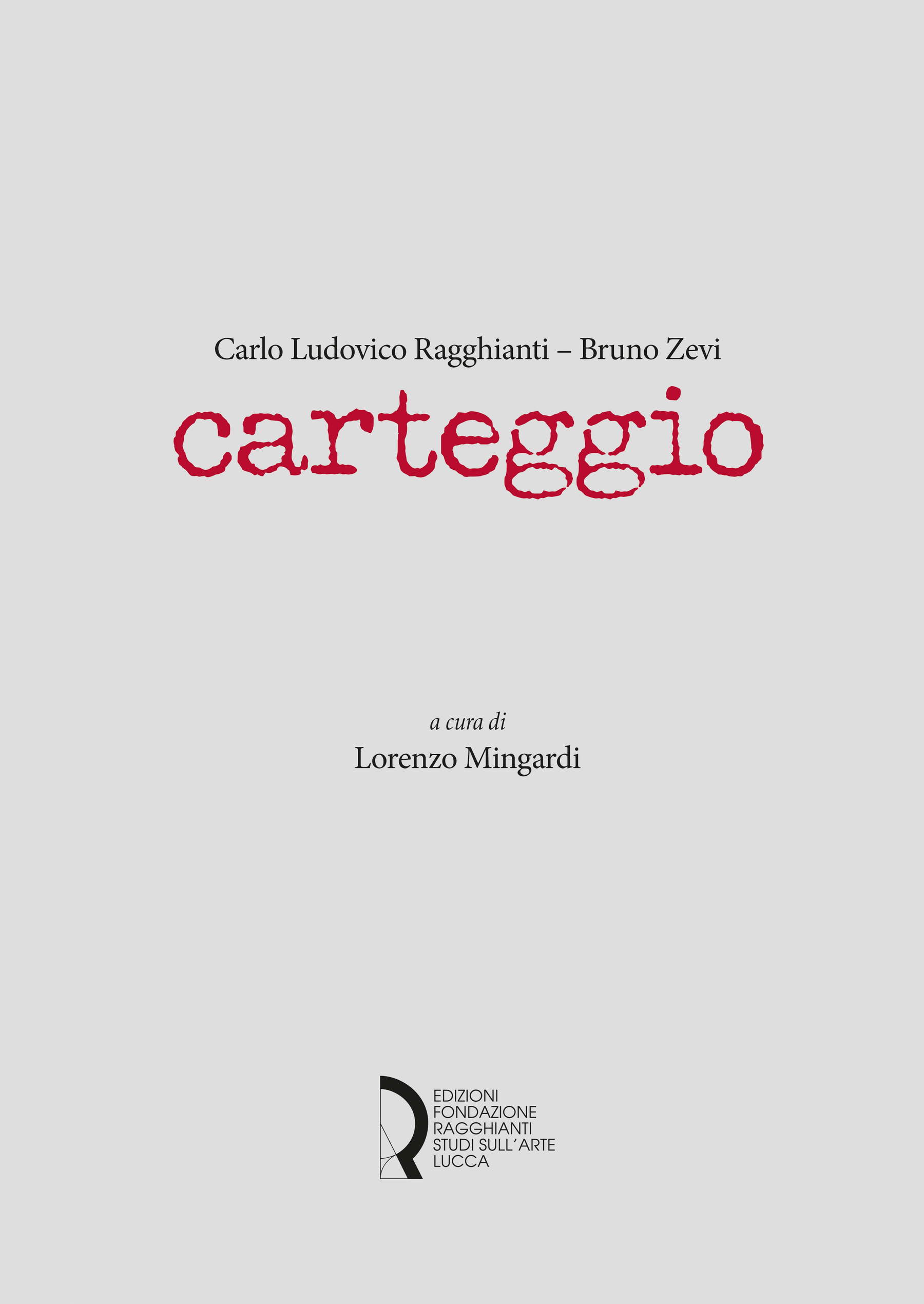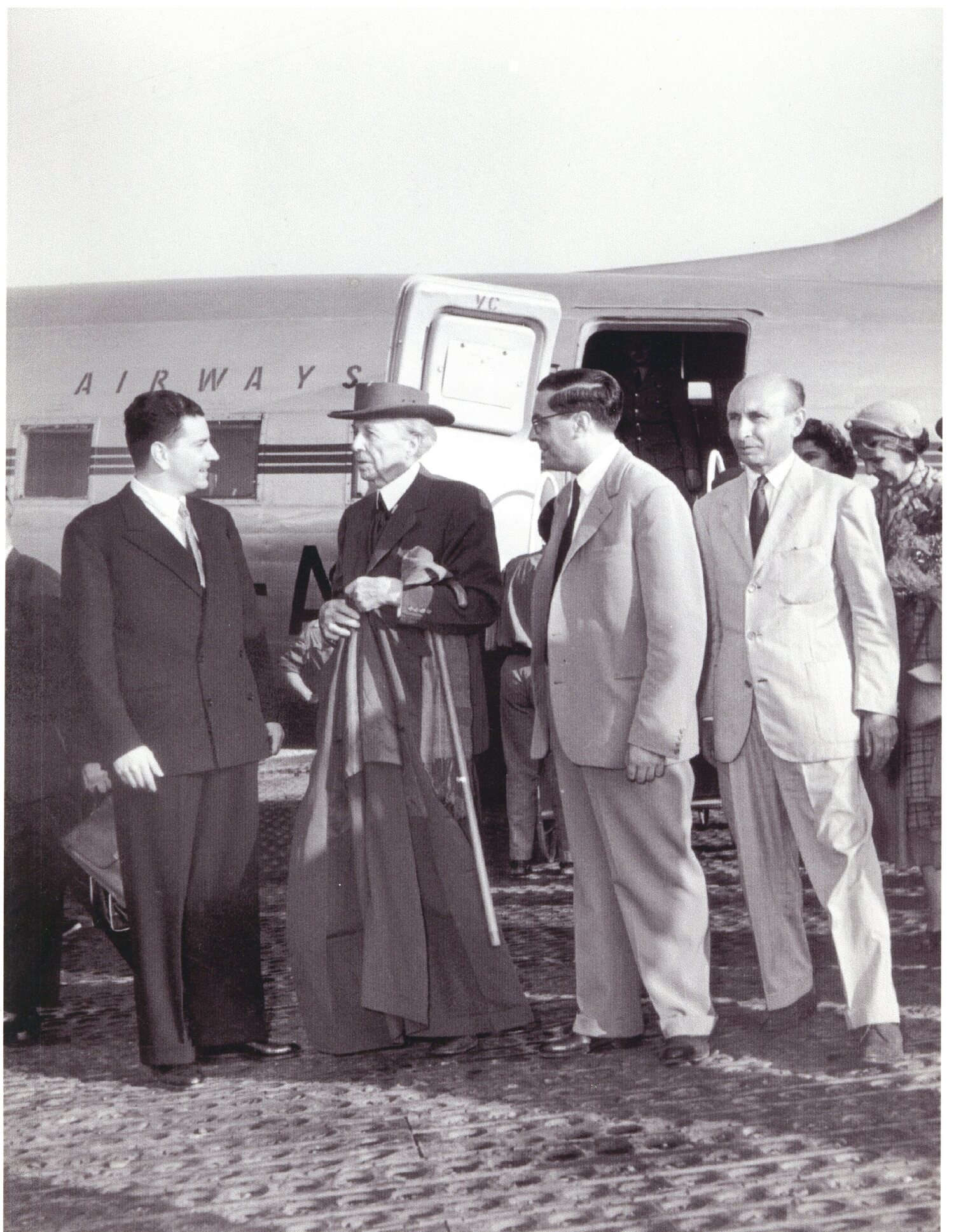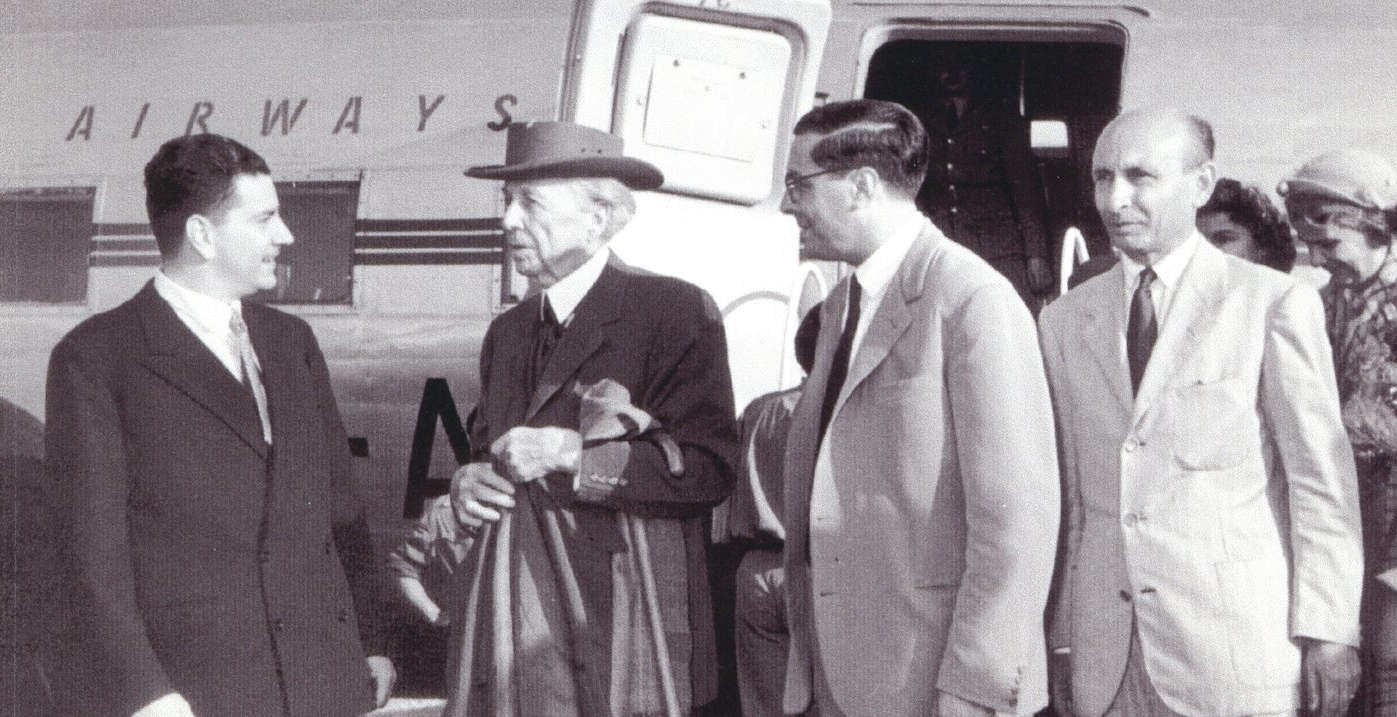A new piece enriches knowledge of 20th-century Italian cultural history. The Fondazione Centro Studi sull’Arte Licia e Carlo Ludovico Ragghianti - ETS has published the third volume of the series dedicated to the epistolaries of its founder, this time starring the dense and passionate exchange of letters between Carlo Ludovico Ragghianti (Lucca, 1910 - Florence, 1987) and architect Bruno Zevi (Rome, 1918 - 2000). Edited by Lorenzo Mingardi, a former fellow of the Foundation, with a preface by director Paolo Bolpagni, the volume restores an extraordinarily intense intellectual dialogue, lasting more than forty years, between two central figures in Italian art criticism and architecture.
After the first two volumes in the series-dedicated to his correspondence with Amintore Fanfani and with Ugo La Malfa-the new publication delves into another side of the network of relationships Ragghianti weaved with some of the leading figures in the cultural and political life of the last century. If Fanfani and La Malfa represented, with their positions, two opposite poles of the Italian political debate, Zevi embodied for Ragghianti a different interlocutor: a militant man of culture, capable of combining theoretical commitment and civil passion with reflection on art and architecture as instruments of freedom.


The correspondence, published in full for the first time, covers a time span from 1945 to 1986, without significant interruptions, and includes more than three hundred letters exchanged between the two scholars. To these are added twenty-seven missives between Zevi and Licia Collobi, Ragghianti’s wife and later widow, and a 1951 letter addressed by the latter to Tullia Calabi, Zevi’s wife. The documents come from the archives of the Ragghianti Foundation in Lucca and the Zevi Foundation in Rome, chaired by Adachiara Zevi, the architect’s daughter, who collaborated on the publishing project.
The epistolary encounter between Ragghianti and Zevi represents a valuable testimony to the Italian cultural debate after World War II. Both were protagonists of a period in which art criticism, architectural history and aesthetic reflection were intertwined with the country’s political and social issues. Ragghianti, founder of the magazine Critica d’Arte and promoter of a militant idea of culture, and Zevi, an architect, historian and polemicist, shared a vision of art as a space of freedom and civic responsibility.
This volume is part of the broader project of the Ragghianti Foundation to publish, in a series of tomes, Carlo Ludovico Ragghianti’s complete correspondence with some of the personalities with whom he had the most significant relationships. After the letters with Fanfani and La Malfa, which had highlighted the link between art, politics and institutions in the repubbl
“The reading of the rich correspondence, whose protagonists are outstanding and truly exceptional personalities,” writes Paolo Bolpagni in the preface, “is exciting, instructive, at times even amusing, sometimes moving. Both the moral and intellectual stature and the human characteristics of the two scholars emerge, united by many ideals and a strong and constant civil sensibility throughout their existences, formed within Justice and Freedom, the values of democracy and secularism.”
 |
| Ragghianti and Zevi's correspondence published: a forty-year-long dialogue |
Warning: the translation into English of the original Italian article was created using automatic tools. We undertake to review all articles, but we do not guarantee the total absence of inaccuracies in the translation due to the program. You can find the original by clicking on the ITA button. If you find any mistake,please contact us.